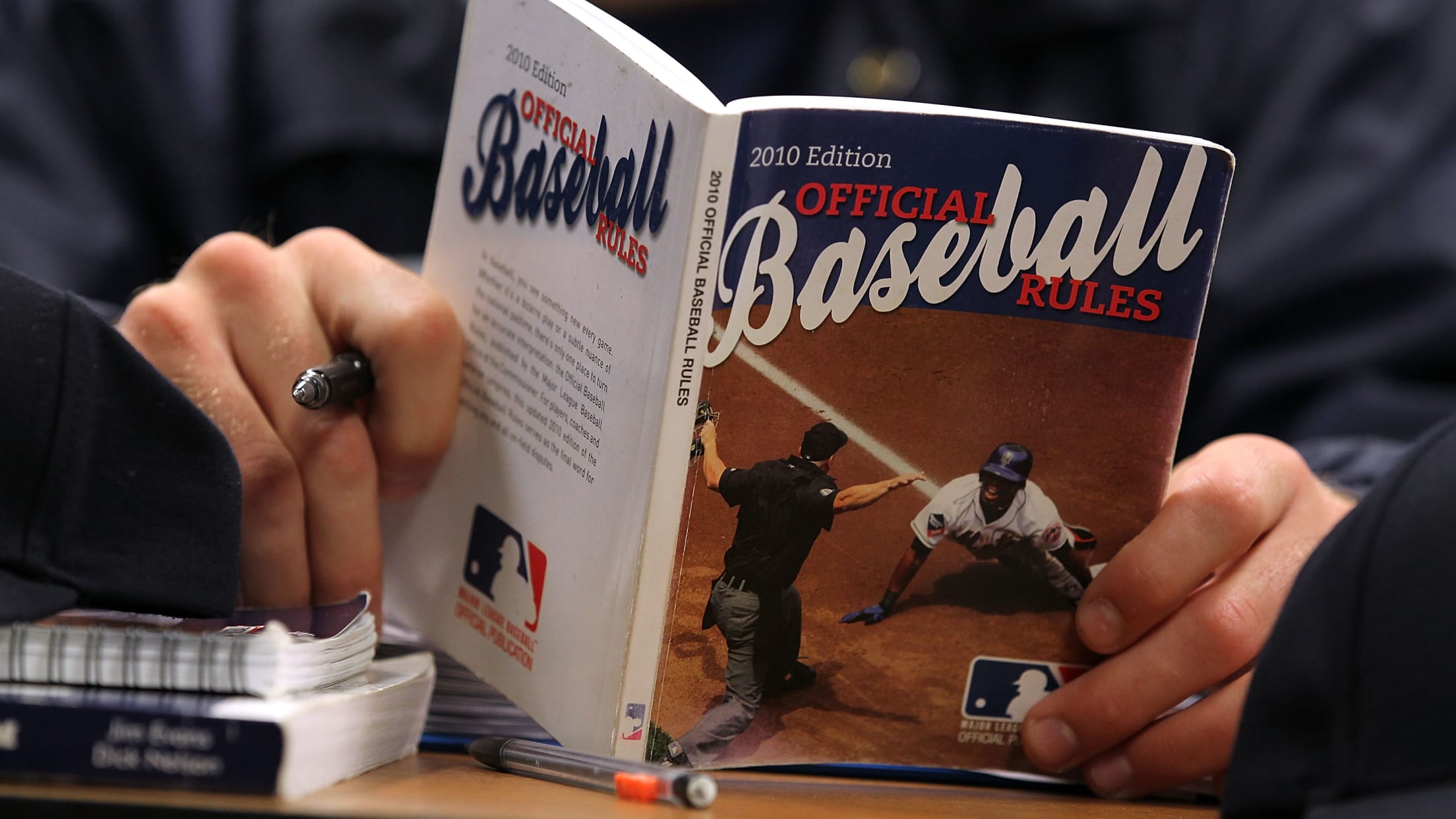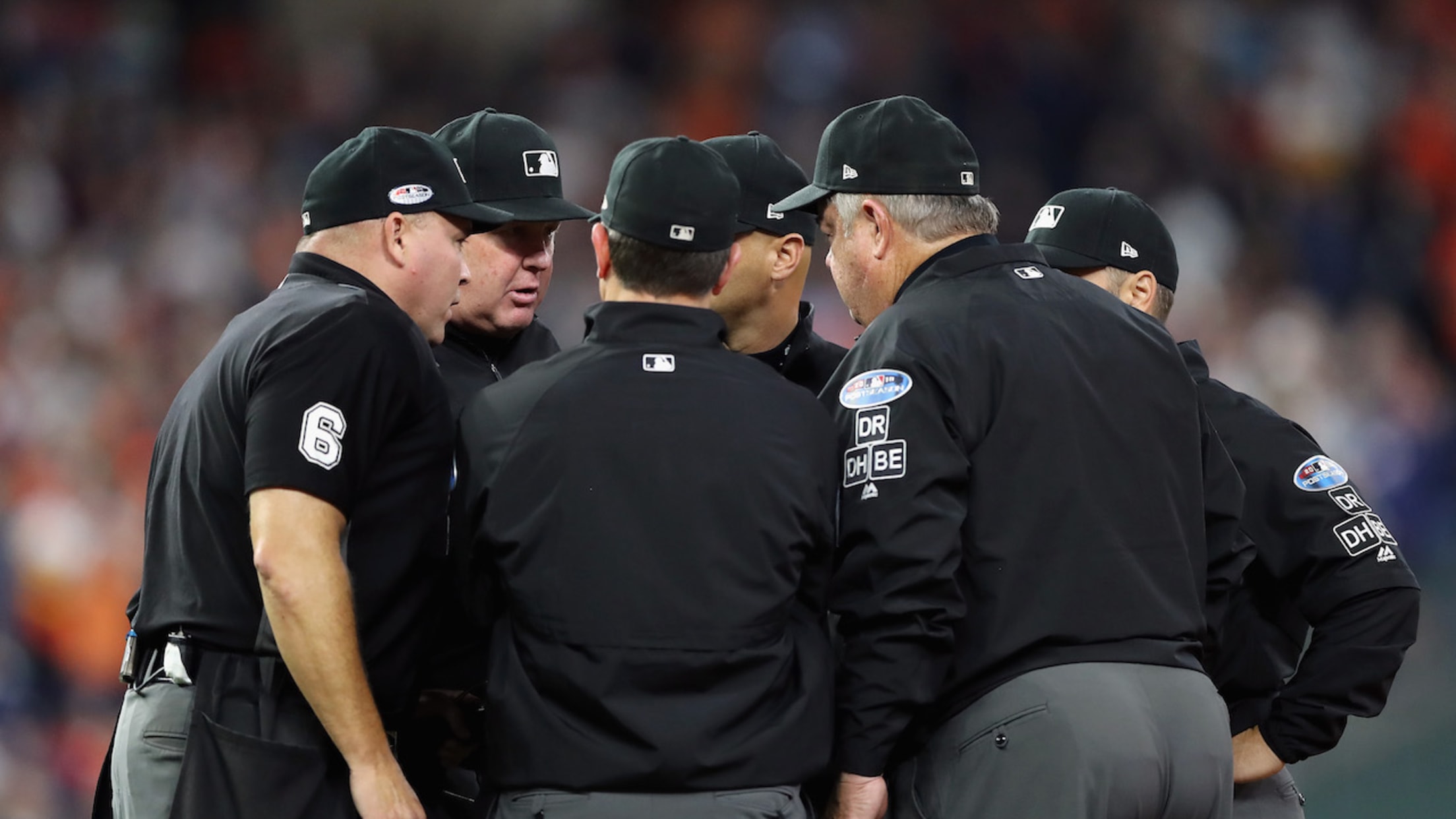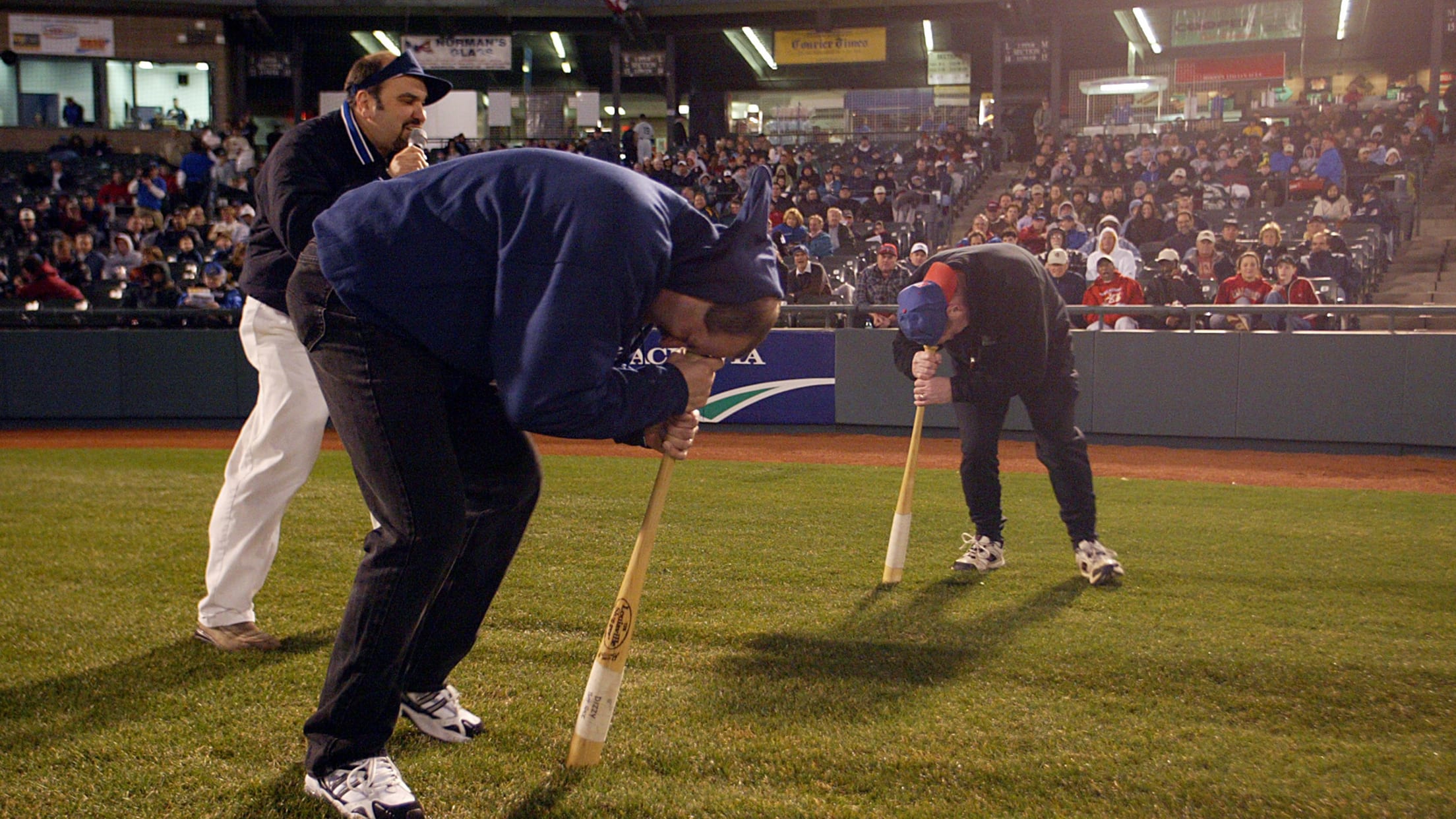Rule changes are good and baseball's rule changes are great

Major League Baseball announced a series of rules changes on Thursday and, naturally, people were upset. It doesn’t take a lot to upset people, though. Any change, any deviation from the way things were yesterday or even a few hours ago, will make people cry foul. A detour on the way to work, a new type of coffee in the break room kitchen, a different pizza topping from yesterday’s pizza topping: These are all things that will stress people out.
Now, make some changes to baseball's rulebook, a game that people (rightly) obsess over and have very strong opinions on -- stronger opinions than any old pizza topping -- and people will naturally freak out.
But here’s the thing: The rules the league and players union introduced are good. And change, as scary as it can be to admit, is also good.
I could explain that every sport other than baseball makes rule changes and tweaks every year. The NBA introduced a new shot clock on offensive rebounds roughly 20 minutes before the start of the season (OK, I’m exaggerating) and offense is way up, and no one remembers why they liked the wasted 10 seconds of passing the ball around the perimeter.
The new 14-second reset shot-clock in action. pic.twitter.com/r48Nala3kg
— Dieter Kurtenbach (@dkurtenbach) October 17, 2018
I could tell you that rules are put in place to protect the game from changing in ways that fans don’t actually like. That baseball started 150 years ago, when no one could fathom an airplane, much less that math and business graduates would be running highly complex algorithms to gain every conceivable edge in the sport.
I could tell you that there are plenty of rules that were created that upset people and now just are. Last season, the league turned the intentional walk into a simple hand signal. Sure, we're missing out on the one-in-a-million intentional walk single, but now that's gone and no one really cares.
I could tell you that if new rules are created and they don’t work, then we can just … throw them away. We’re not talking about the Magna Carta here. Oh wait, we've also significantly upgraded from the Magna Carta so ...
But the rule changes that Major League Baseball put in place for the next two seasons are good.
MLB, MLBPA ANNOUNCE ON-FIELD AGREEMENT
— MLBPA Communications (@MLBPA_News) March 14, 2019
Series of Changes Will Go Into Effect Over Next Two Seasonshttps://t.co/Cm9ZupDlNJ pic.twitter.com/Pyh0aE86nK
Here is a quick breakdown of what to expect in 2019:
• Inning breaks are shortened by five seconds for local games and 25 seconds for national games -- good for a consistent two minutes around the league.
• Elimination of the waiver trade deadline, making July 31 the actual final day you can trade players.
• Updated All-Star voting with an election day (if you want to get into the nitty-gritty of that, click here).
• Bigger payouts for participating in the Home Run Derby. A cool $1 million will go to the winner.
• One fewer mound visit per game.
So, for the most part, unless you are an ad executive or someone who really loves complex waiver trades, there’s not a whole lot anyone can take umbrage with.
No, the more significant changes come in 2020, as the lead time of a full year will give teams a chance to prepare. Let’s break down these changes in a little more detail:
Active roster will grow from 25 players to 26, with a yet undecided cap on the number of pitchers that each team can carry.
OK, sure. The more the merrier.
Change the minimum injured list and option list time for pitchers from 10 days to 15.
Hey, I’m not the one in pain, so sure. Plus, teams have been accused of using the 10-day injured list as a way to basically add another player to the roster without actually having that roster spot, so this closes a loophole.
Teams will have to designate players as either fielders or pitchers or, if they are someone like Shohei Ohtani, a "two-way player." Otherwise, there are rules on when a fielder can enter the game as a pitcher (extra innings or with a deficit of six runs or more.)
This one sounds like a big change, but really, if a team is using someone like infielder-turned-knuckleballer Alex Blandino in a close game in the seventh inning, there are bigger issues at play.
And now we get to the big ones. First up:
Rosters will expand to 28 in September instead of 40
While this is a bummer to fans of rebuilding teams who want to see their favorite Double-A fringe prospect get a chance to impress, that 26th spot on the roster all season long might give him a better chance of seeing "real" Major League action.
At a time when the pennant races should be at their peak, and every game becomes do or die, the roster expansion changes the very way games are played. With 40-man rosters, teams could bring in a new pitcher every inning with no fear of ever running out. It was like a video game where you used a cheat code to give yourself unlimited lives. There was no strategy at play here: This was throwing 98-mph spaghetti at the wall and seeing what stuck, with players that weren't considered good enough to actually be part of the team for the first 80 percent of the season.
And that leads us to the biggest change that impacts the actual play on the field:
Pitchers must face a minimum of three batters or reach the end of the half-inning.
Here’s what the rule will hopefully fix: Strikeouts go down, and the contact rate goes up.
Plus, this should help there be fewer breaks in the action. Is there anything worse than watching a one-run game with a runner on second base and the meat of the order coming to the plate and, as the breath catches in your lungs, you have to wait for the manager to walk out to the mound like a gunslinger in an old western to usher in another relief pitcher? It sucks out the tension as you sit back, knowing you’ll need to wait another two minutes until the next pitch. If the manager has set up his lineup with lefties and righties alternating spots, there’s a good chance that you’ll have another pitching change soon as the opposition attempts to get the platoon advantage. Now? That option is gone.
Of course, there are critics here. Some have pointed out that a pitcher facing fewer than three batters and not ending the inning happens relatively rarely. But if you could improve the game by 5 percent, why wouldn’t you?
I'm very into the 3-batter minimum rule. Here's why it makes a ton of sense, while also maybe being less impactful as you'd think. https://t.co/ct5KGtmoey
— Mike Petriello (@mike_petriello) March 15, 2019
Others have said they’re worried about pitcher health with managers forcing their relievers to pitch longer than they’re able. Isn't that ... more of a failure of player management? Either general managers need to bring in pitchers that can throw longer or managers need to be more judicial in their pitcher usage.
Maybe starting pitchers, who are throwing fewer innings than ever before, will be given a longer leash in hopes of saving those precious relief arms for the innings when they’re really needed. Maybe that pitcher, now stretched out, will need a few more days off in the season. But that’s simply … a part of the game. Other sports like soccer have limits on substitutions and that becomes part of the strategy and something to yell about on the radio.
There could be unintended consequences of these decisions. There's always some Butterfly Effect that we can't possibly fathom. Maybe when September comes, teams really do need 40 players because the previous five months wears everyone down. But you don't know if you don't try.
Even if every change is successful, there will absolutely need to be further tweaking and chopping and changing of these rules. Some may be thrown out and new ones introduced. That’s how the world works. The Earth will spin, baseball will be played and rules will be put in place with teams looking for every possible loophole around them. And that's a good thing. What doesn't change and adapt, dies.







